HUNTER'S MOON: the otherworldly, the everyday + the power of the book
bricks, censorship + the roots of nuance
To Put One Brick Upon Another
To put one brick upon another,
Add a third and then a forth,
Leaves no time to wonder whether
What you do has any worth.
But to sit with bricks around you
While the winds of heaven bawl
Weighing what you should or can do
Leaves no doubt of it at all.Phillip Larkin
This FULL MOON post is open to all subscribers this month. To support this work you can check out becoming a paid subscriber. Thank you very much to the folks who are doing this already.
Tonight we see the full Hunter’s Moon.*
Where September’s full Harvest Moon* lengthened the light of the shortening day and provided food growers with more light to harvest by, the Hunter’s Moon allowed for the summer-fattened deer to be stalked and killed for the winter health of the family and community. This may be a brutal thought for our modern vegetarian and vegan ethics, however, in the pre-industrial age, the days of gathering and preserving food for the winter months ahead would mean life (and could indeed mean death) and sustenance for folks living in close kinship to the darkness and land.
With Samhain arriving on Tuesday, the veils between worlds are stretching and thinning. At this time we are more connected to our ancestors, to those who have come before us, and to those we have lost. We are familiar with All Hallows Eve, or Halloween, and the now vastly commercialised spookiness of the season, of the costumed dead walking among us. But there is something deep and holy in these October mists. We are settling into the dark part of the year where we meet our shadows, we cannot help but be faced with the inner and outer darkness in ways that can baffle, unhinge, connect, and nourish.
Over the years I have encountered a connection with darkness and death that is a knowing in my bones rather than the sense-making mind. Prophetic dreams and creeping feelings. Some years ago I spoke about this to a shamanic wild woman of Welsh ancestry and she plainly stated “You have a connection with death and the dead.” So simple. So straight. Since then I have lived alongside it in a mostly amicable way. The denial of things for fear that they “do not make sense” or are “weird” goes hand in hand with the Imperialist colonisation of lands, histories, and cultures worldwide. Faith healers live in my family tree and the cunning folk that still live in our modern days are ancestors of the witches not burned.
I spoke with my mother this week about our ancestors. My great, great grandfather was a gamekeeper in the south Wales valleys, another great-great-grandfather worked a sawmill in Tal-Y-Bont and a great-grandmother worked “the big house” in service. My father’s side worked the land in South Pembrokeshire, where I am now based, and our family home is the make-up of two old farm labourers cottages brought together and modernised, with only one stout wall remaining.
The Grounding.
I return to bricks.
Bricks are ‘history with a label’.
What is more quotidien as a balance and counterpoint to these ethereal autumn days?
As a source of pigment colour I am drawn to found brick fragments. Gathered on local beaches, softened by the tides, used as rubble in rural roads, and old orange clay water pipes churned up by tractors on farmland.
We encounter a lot of orange and red coloured clay bricks in the UK. I recently found out that this is because the clay deposits that these bricks are made from were often found above and below the coal seams in coal mines, which is why there were so many brickworks in Wales.
I came across this brick installation at an exhibition at the National Museum and Gallery of Wales a few years ago. It made my material and text-loving senses salivate. All of those rich, varied hues of brick accompanied by their own unique stamps naming the brickworks they were made and fired at. For a deep, deep dive into all things Brickworks of Wales you can check out this Industrial Gwent webpage. Hello niche internet rabbit hole!


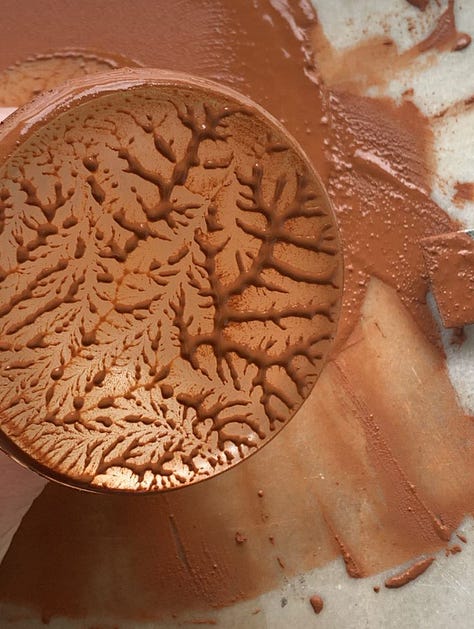
In my brick research, I came across this documentary about the then-controversial 1966 art piece Equivalent VIII by Carl Andre.
This installation was also called ‘The Tate Bricks’ and consisted of 120 fire bricks arranged in a rectangle on the floor of the gallery. Controversy arose in 1976 around the $6000 that The Tate spent on this acquisition, during a time of wider economic hardship for working-class people in the UK caused by an inflation cycle rooted in Conservative party actions in previous years.
The outrage at this piece of work caused a young chef, Peter Stowell-Phillips, to cover the installation in blue food dye as an act of activism. On recounting this story in the Bricks! documentary, Stowell-Phillips recalls how the gallery invigilators on duty did not stop him as he emptied the bottle of dye over the work, and asked if he was the artist as other visitors in the space applauded.
I thoroughly enjoyed hearing this account of his protest. For the confusion of it, the flamboyance, the clarity, and his pride in taking action.
I also came across the stirring 2007 installation by Mexican mixed-media artist Jorge Méndez Blake entitled The Castle: a 75-foot-long, stacked red brick wall with Kafka’s book The Castle placed under a section of it. The subtle and significant effect of the book upon the shape of the stacked bricks simply and beautifully conveys the power of one book upon such a large, strong, and dense structure, as well as the impact of external forces upon architecture. Kafka’s book was written in isolation and heavily edited and published after his death, against his wishes.
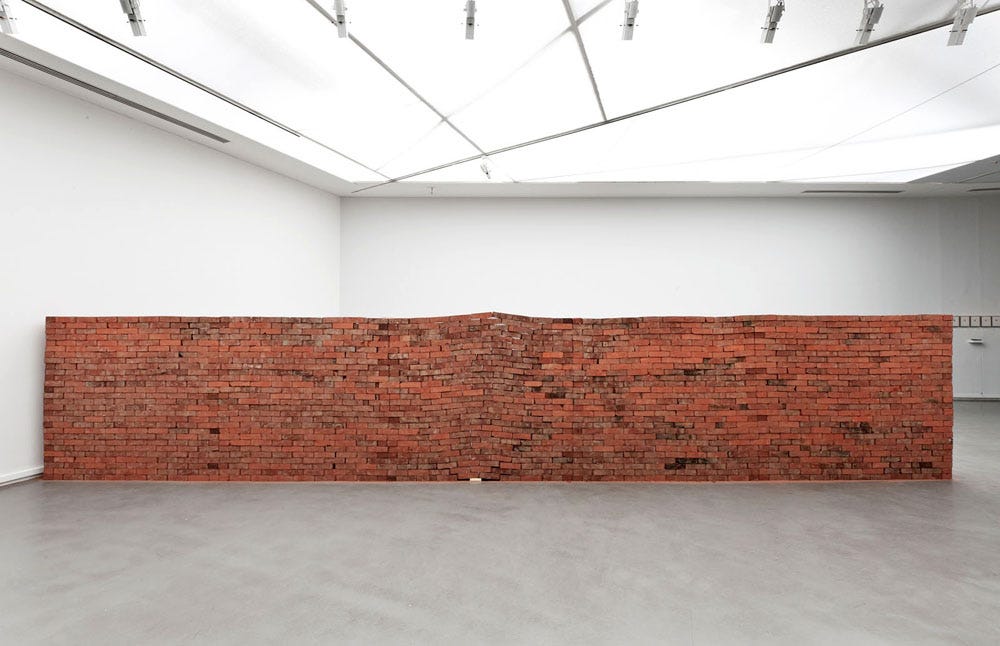
This got me thinking about the ever-increasing book bans, particularly in the US, and the weight and impact of the written word. Book bans from school, public, and academic libraries reached an all-time high at the beginning of 2023. It is no surprise to hear that the books that are most prevalently campaigned against for banning are written by women, people of colour, and LGBTQIA+ folks. The fact that this has increased by some 33% in the last 12 months in US, according to a report, is deeply disturbing.
This is an attempt and a successful act of mass censorship.
In resistance to this publically fuelled and politically supported removal of voices, at the beginning of this month, the American Library Association held its annual Banned Books Week. This week “celebrates the freedom to read and spotlights current and historical attempts to censor books in libraries and schools.”
This is a dangerous time for readers and the public servants who provide access to reading materials. Readers, particularly students, are losing access to critical information, and librarians and teachers are under attack for doing their jobs.
- Deborah Caldwell-Stone, director of the ALA’s Office for Intellectual Freedom
This resistance is vital.
As an active, glorious response to this, Penguin Round House publishers are granting $10,000 Freedom of Expression prizes to young people who write essays about the life-changing impact that one of the banned books has had on them. A strong, moving, NO to the censorship and firm support of young folks heading off to further education, work, and lives, who are nurtured by reading other stories and experiences that assist in their understanding of themselves and the world.
This is also happening here in the UK with 82% of librarians voicing concern about censorship requests in libraries.
Where one act of art activism feels rousing and enjoyable to me, this censorship and forced restriction have quite the opposite effect.
As a queer person, growing up under Section 28, I would have benefitted greatly from more freedom of information and support around my emerging queer identity. The lack of available alternative to a narrow, limited ‘norm’ only breeds shame and denial in a developing human, and if the “being exposed to queer books will force our children to be queer” argument is to be believed (and, I ask, what is the shame in that?!), then this would mean that I would have grown up straight.
This is why, in my opinion, Jorge Méndez Blake’s The Castle does that stupendously brilliant thing that visual art does. It simply and potently points towards the power of the written word. The presence and the denial of them.
I am glad that my brick-based enquiry led me to this piece.
One thing queerness brings to my life is fluidity, liminality, and a movement between and around points. Living life on the ampersand and witnessing nuance.
By its very nature, the thing that I am, which to some people requires denial, shaming and censorship, actually assists me in dwelling in curiosity and questioning.
I am ever becoming.
We are all ever becoming.
We need nuance and variety, for this is the truth of things.
From the Etymology Online Dictionary.
nuance (n.)
"slight or delicate degree of difference in expression, feeling, opinion, etc.," 1781, from French nuance "slight difference, shade of color" (17c.), from nuer "to shade," from nue "cloud," from Gallo-Roman *nuba, from Latin nubes "a cloud, mist, vapor," from PIE *sneudh- "fog" (source also of Avestan snaoda "clouds," Latin obnubere "to veil," Welsh nudd "fog," Greek nython, in Hesychius "dark, dusky").
According to Klein, the French secondary sense is a reference to "the different colors of the clouds." In reference to color or tone, "a slight variation in shade," by 1852; of music, by 1841 as a French term in English.
A slight variation in shade.
Dark, dusky.
Nudd - fog.
The different colours of cloud.
In this liminal time of thin veils and darkening nights, of shadows dancing I am reflecting on this practice of moving between the material and that of the spirit and collective. How can rooting in the earth and the shifting seasons bring a grounding to meet the meaty mental, emotional, political, and social challenges of this time? How to meet these with the right amount of combative energy, born in the fires of spinal strength. How to flex and shift when rigidity is forming in an unhelpful way.
I return to grinding bricks.
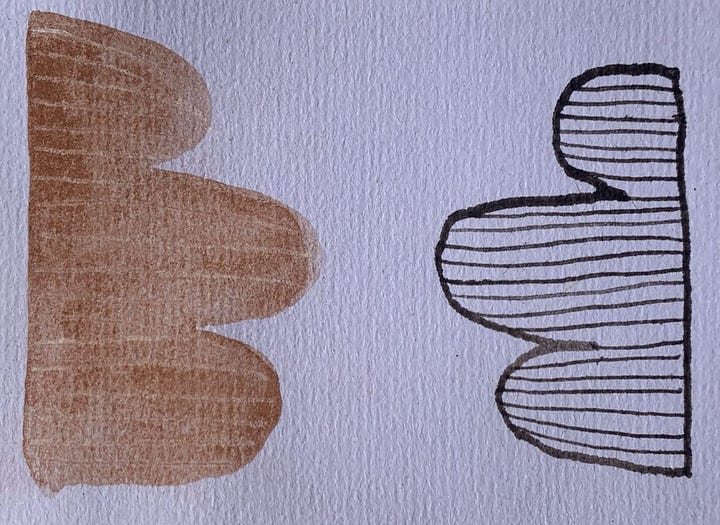

A dissolving and mutating of form. From ground to kiln to wall to sea to pestle and mortar to paint to paper.
I am left with more unknowns than knowns as the leaves mulch and the rains set in. I trust the season to work its wordless wonder and ask the ancestors to guide us as we sink in.
Let us open a door to the underworld and invite its insights and medicine.
Let us pause in the light of the full moon, fog rising from our warm mouths in the crisp night air, and feel the soles of our feet planted here.
With Full Moon howls and hoots,
-KJ
*Anglo-Saxon naming. Hunter’s Moon is also called Blood or Sanguine Moon in Celtic traditions. For the sake of this INKLING series I am cherry-picking the name that best suits the themes I would like to write about… Writers prerogative!
🕸️GOOD THINGS🕸️
Here on Substack:
🕸️Jason Logan’s Halloween Special: Spiders. A visual journey through the web.
🕸️Caroline Ross ‘An Even Keel is Not The Only Way: In Defence of Feeling Joyful’
Joy is my ballast.
My joy is weighty and chimes when struck, like flints, ready to spark a hearth or to make the sharpest knives. These nodules, big as a man’s head, are white on the outside, black on the inside. That ancient marriage of yin and yang, pale calcium outer, dark liquid silica interior, turned to solid glass.
🕸️Austin Kleon’s 10 Things posts.

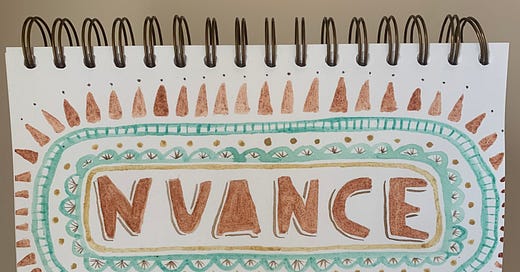



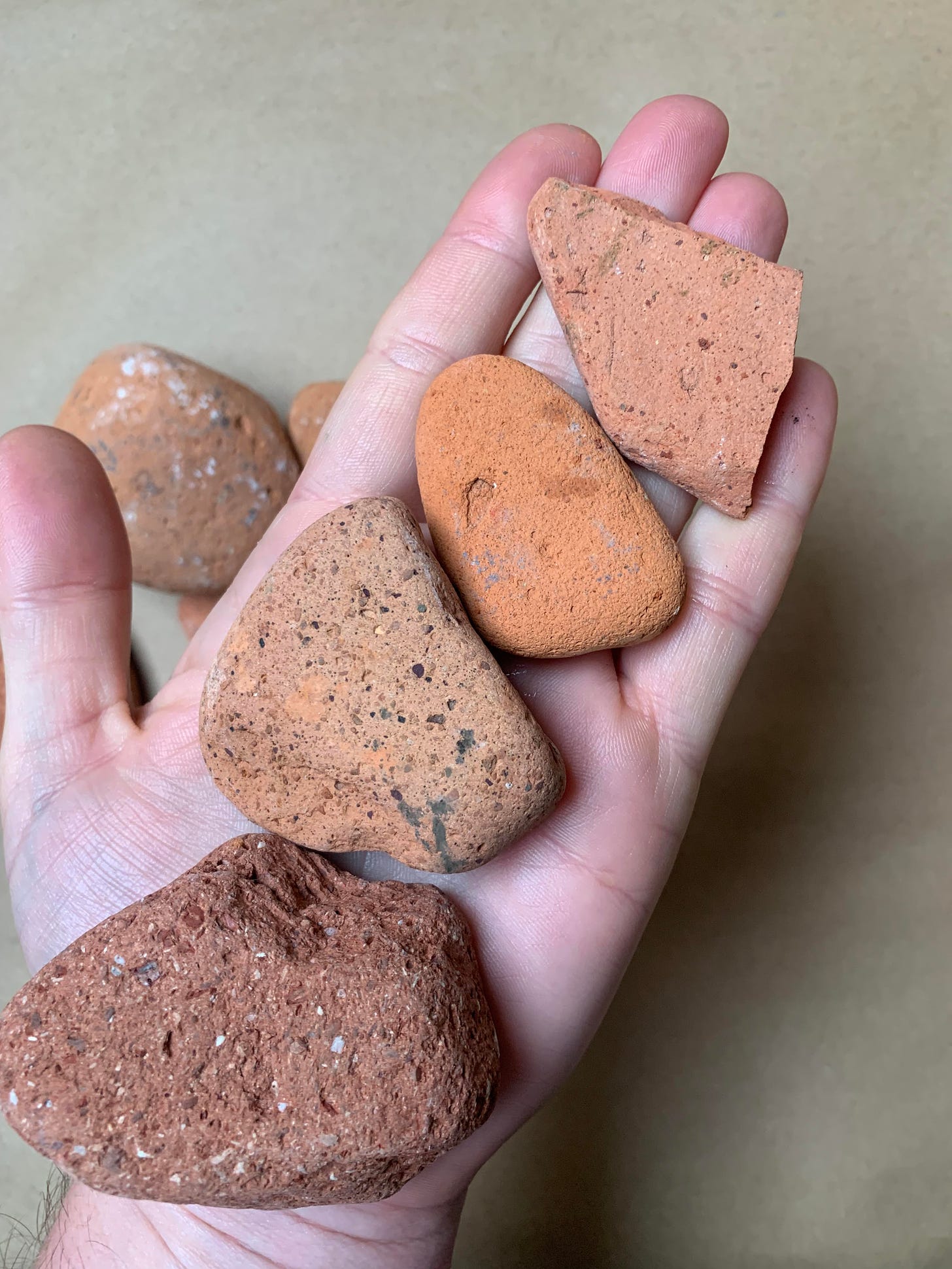
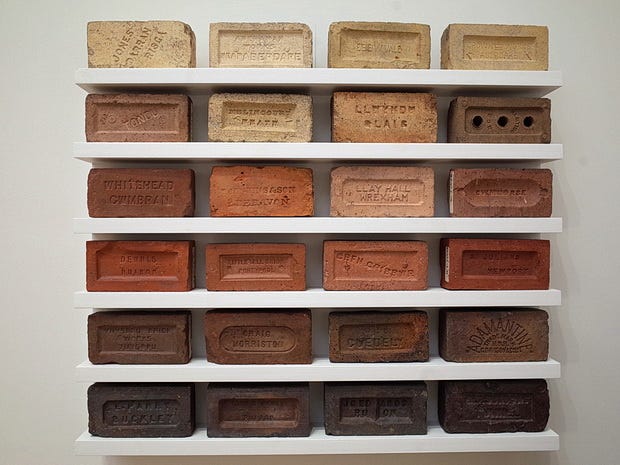
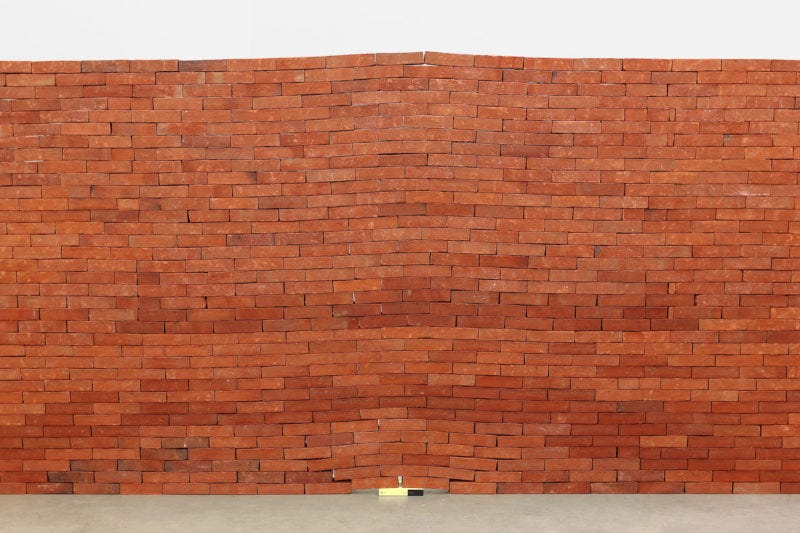
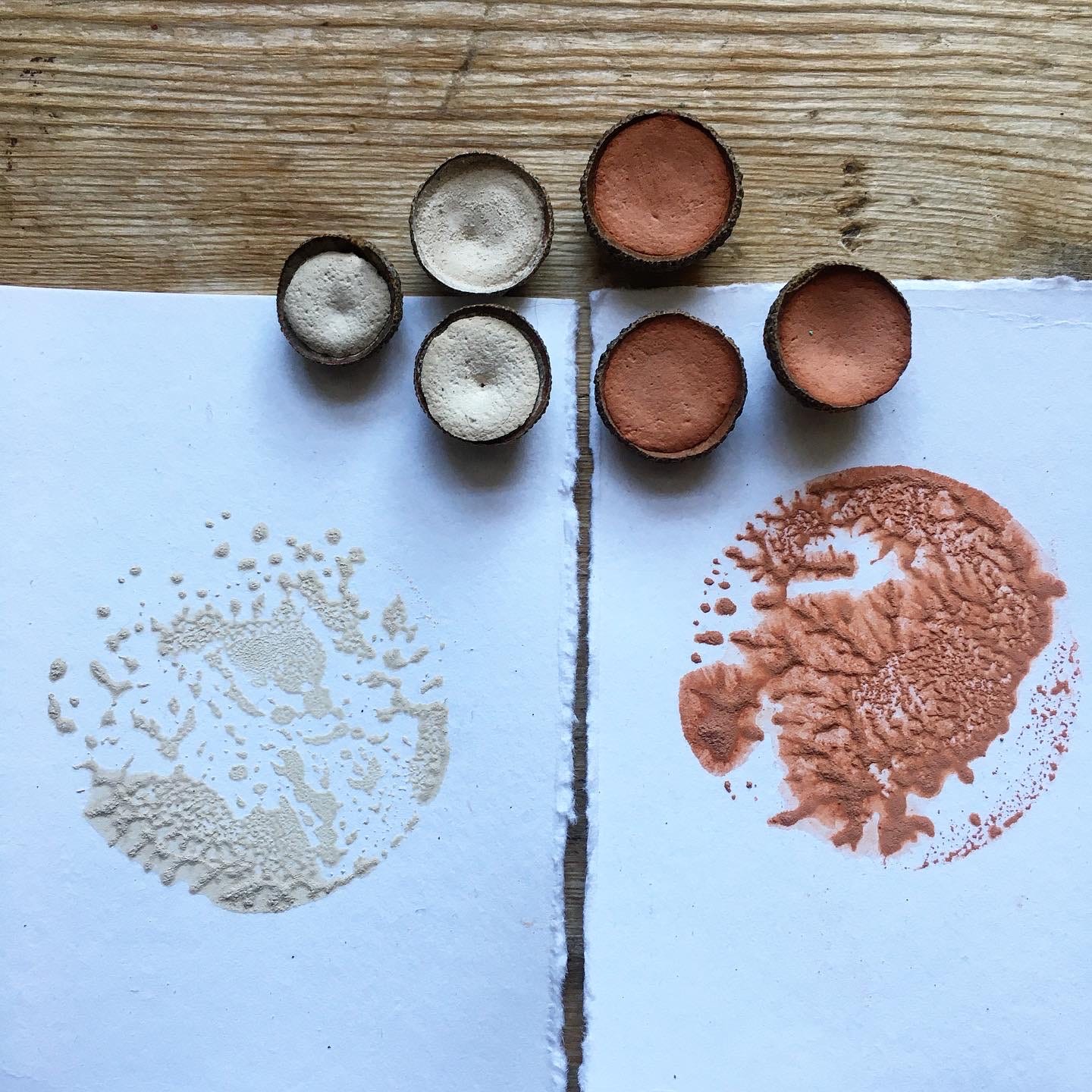
Good to find you & I see my friend Utpaladhi found you first 😊 small world!